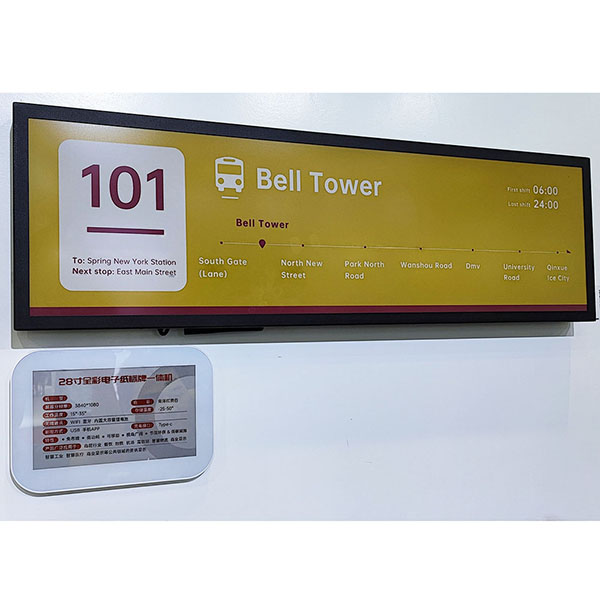
- Home
- Products
- Electronic Shelf Labels
- White Electronic Shelf Label
- Black Electronic Shelf Label
- Tri-Color Series Electronic Shelf Labels
- Four Color Series Electronic Shelf Labels
- Full Color Series Electronic Shelf Labels
- Black And White / Low Temperature Electronic Shelf Labels
- Segment\Flexible\Prism
- NFC Electronic Shelf Label
- 2.4GHz Bluetooth Electronic Shelf Label
- ESL Gateway AP
- ESL Price Tag Accessories
- Esl Retail
- E-paper Display Signage
- Electronic Shelf Labels
- News
- Solution
- Factory Show
- Contact Us
- About Us















